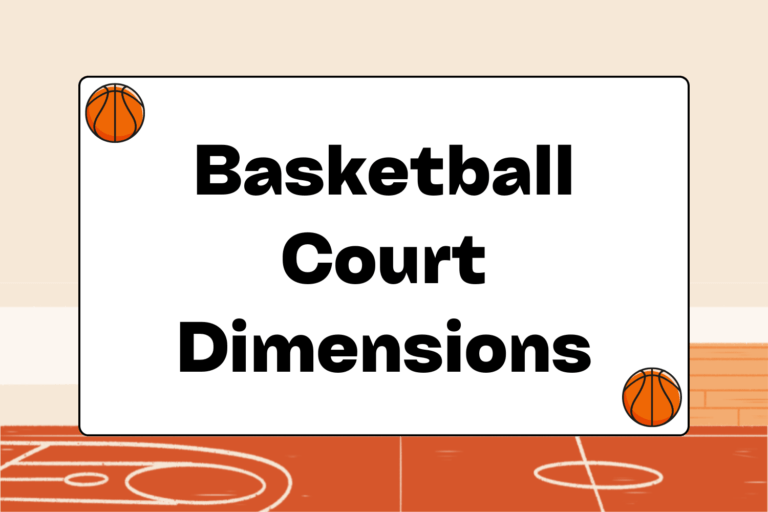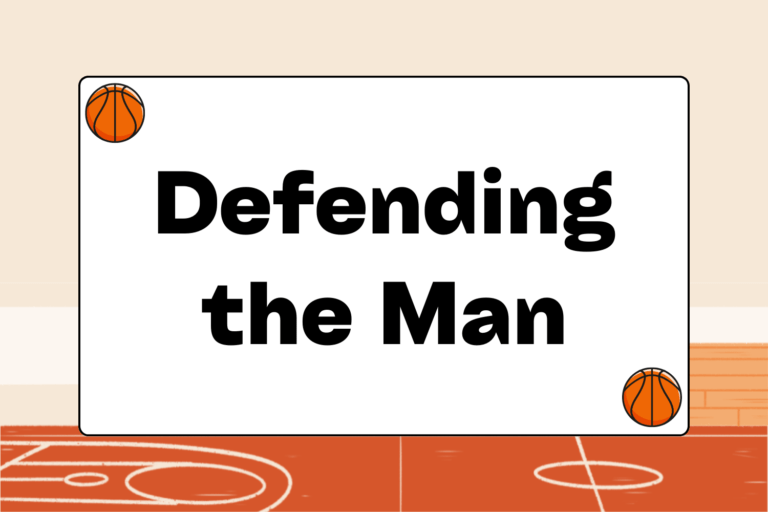One of the biggest changes to competitive basketball over the last decade is that teams at all levels that look to push the ball in transition every chance they get. In fact, more and more coaches believe that walking the ball upcourt actually plays right into most defensive strategies. This is especially true when playing against bigger teams, or teams that have lockdown perimeter defenders.
This guide will demonstrate the value of pushing the ball upcourt whenever possible to create secondary offense in transition. It will also illustrate two basic offensive concepts in transition out of which nearly any team can create scoring chances. In this way, secondary offense can be more than a peripheral scoring chance – it can be a core part of any offensive philosophy.
Secondary Opportunities
Secondary offense in transition refers to scoring chances that happen once the initial opportunity at the basket has been cut off. In this way, secondary offense is actually a product of good hustle in transition by the opponent. For most teams transitioning from offense, the first priority is to stop the ball and the second is to protect the basket.
However, teams that look for scoring chances when these two priorities are met typically find success doing so. This is especially true at the collegiate level, where most teams rely on speed at the guard position and effective 3-point shooting. It’s worthwhile to watch the top college teams on television because of their reliance on secondary offense.
Find the Big Man
The fact is that most defenses have yet to catch up to the firepower that can be created by secondary offense on the break. While many defenses can hustle downcourt (defending the ball first and protecting the basket second), mismatches ultimately result when the guard pushes the ball quickly after receiving a quick outlet pass.
The most common mismatch is created when the non-rebounding post player sprints downcourt after the rebound is secured, and establishes position in the low block. Another is when a wing or post player filling the lane circles beneath the basket and establishes position. This action creates three great scoring opportunities:
- Point guard passes to wing: The wing player then looks into the low block for post player who has sealed off the smaller defender for a post move scoring chance.
- Point guard finds weak side wing player: If a small defender has sprinted back to protect the basket, the wing should be guarded by a big man. He can take the big man off the dribble, shoot an open 3-point shot, or pass to a teammate in the lane, who should rotate across the lane to follow the ball.
- Point guard passes to the trailer: If the first two options are defended, the trailing rebounder should fill the lane to receive a pass on the secondary break.
In other words, the point guard’s first option – if there’s no lane to the basket and the wing players are defended – should be to look into the post to see how the post player is defended.
Mental Edge
The outlet pass is the key to secondary chances on the break. The point guard must flare toward the sideline or into space in the center of the floor. He should also yell, “outlet”, to get the attention of the rebounder.
3-point shooting
Transition offense represents the best chance many teams have for creating open looks from beyond the 3-point arc. Looking for the 3 in transition puts extreme pressure on defenses, who now have to stop the ball, protect the basket, and close out on quick-trigger perimeter shooters. A good passing team with multiple long-range threats and plenty of practice will usually find open looks, making the secondary option in transition a deadly weapon.
Consistently creating open 3-point looks in transition relies on a post player who can sprint the floor and establish position in the paint. Both post players should be able to hustle downcourt, and the man who doesn’t rebound the ball must instinctively get out and run the floor. The two wing men stop at the 3-point arc at either side of the lane, roughly at the free throw line extended. They are free to shoot after receiving the pass.
Secondary Offensive Philosophy
The best offenses take advantage of a predictable defensive response. The fundamental rules of transition defense are to guard the ball and protect the paint. A team that pushes the ball upcourt at every opportunity can rely on a defense that will think of these rules first, until they get burned by the 3-point shot a few times.
It’s important to remember that secondary offense needs quick guards, strong rebounders, and crisp outlet passing in order to work. It also requires a mindset that includes aggressive selflessness and team-first hustle. Teams who turn these questions into strengths can be prolific scorers and have fun in the process.





